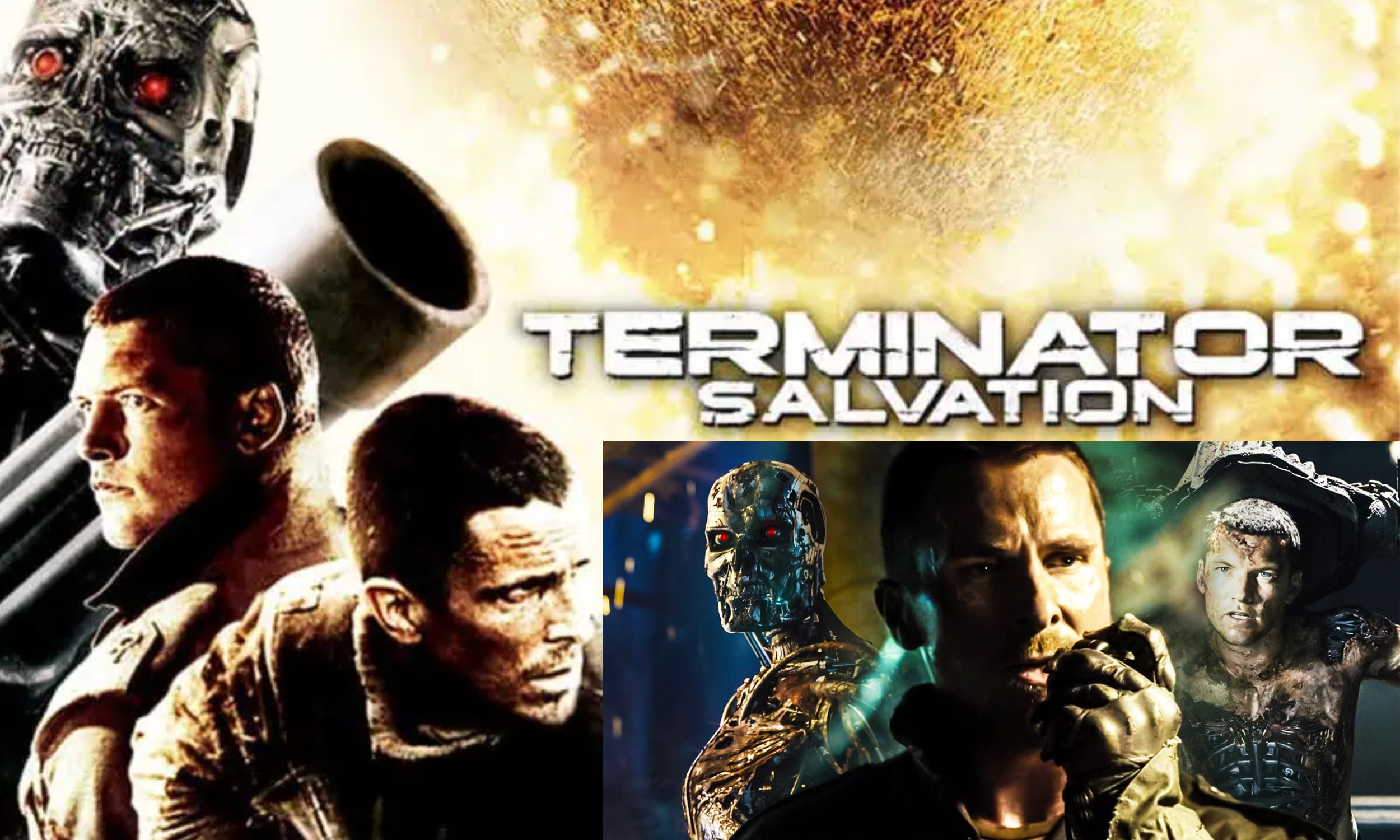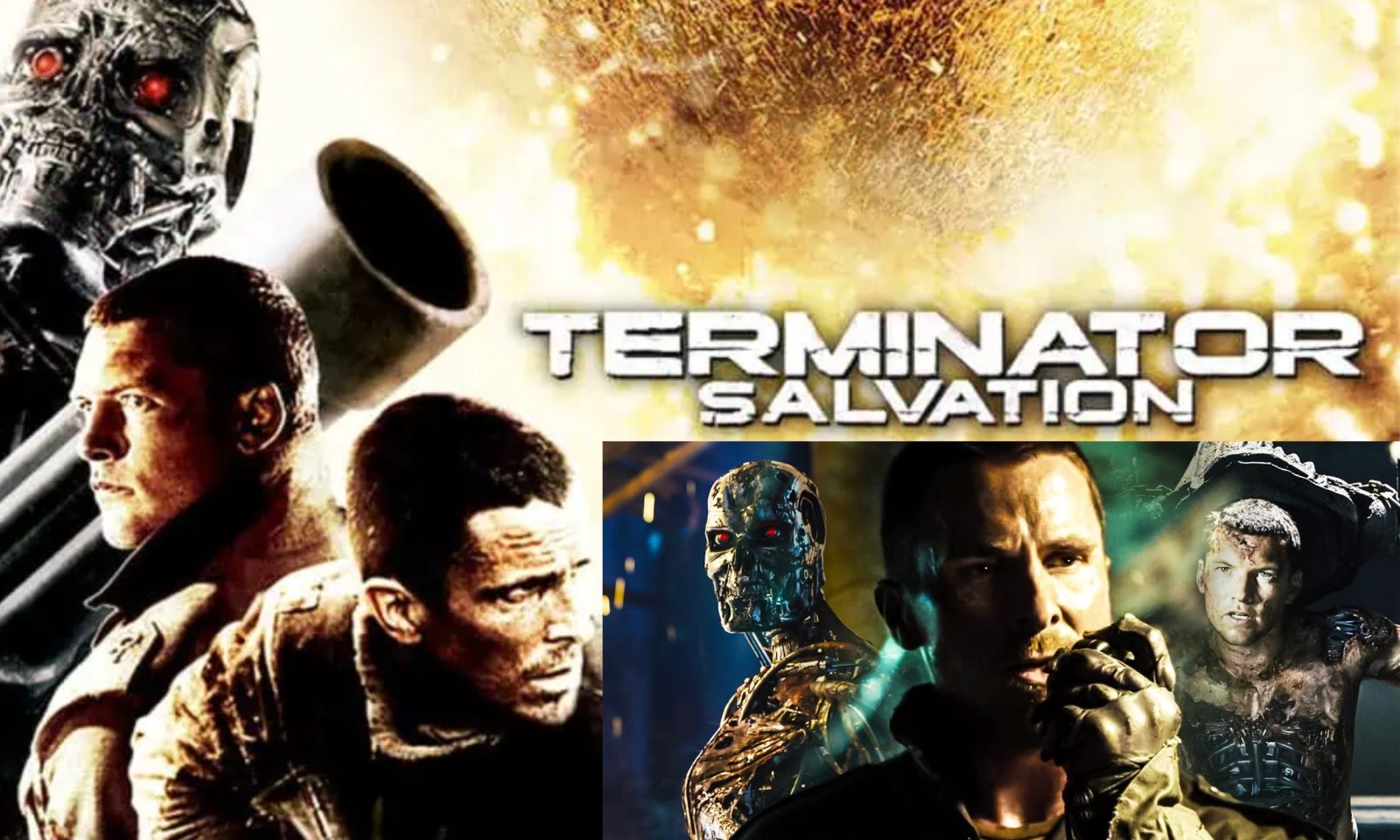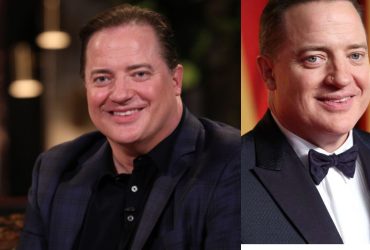Following up a hit like James Cameron’s “Terminator 2: Judgment Day” is no easy feat. Rather than attempting to top it, the studio moved forward with “Terminator 3: Rise of the Machines,” continuing John Connor’s story to set the stage for more sequels. This installment essentially served as a bridge to “Terminator: Salvation.”
It’s puzzling why the third movie didn’t jump straight into the future war. Fans of “Terminator: Resistance” would likely agree that setting the third film in the future would have made more sense.
“Terminator: Salvation” arrived in theaters with promises of expanding the story hinted at in Cameron’s original films. The idea was to finally show the harrowing future war against Skynet and its machines, featuring John Connor as the legendary leader he was destined to be. Viewers expected a high-stakes battle where a battered humanity takes on an overwhelming robotic army.

However, under director McG, “Terminator: Salvation” failed to deliver on those expectations. Instead, it presented a grim, post-apocalyptic action movie with a different look and feel from Cameron’s work.
The film showcased John Connor (played by Christian Bale) and Kyle Reese (Anton Yelchin) in a landscape more reminiscent of “Mad Max” than the tech-heavy, laser-filled future war fans anticipated.
The visuals shifted to desaturated earthy tones instead of Cameron’s signature blue palette, and the action scenes lacked the raw intensity of the first two movies. Characters, including Bryce Dallas Howard’s Kate Connor, often appeared too polished for a dystopian setting.
Had Cameron directed “Terminator: Salvation,” it might still be a topic of discussion today. Instead, McG’s version, influenced by various writers and producers, resulted in a disjointed narrative.
At one point, the creative team even considered a twist where Skynet aimed to save humanity—a concept that didn’t fit the established storyline. One proposed ending involved John Connor’s death and his skin being placed over a robot skeleton, which seemed out of touch with the franchise’s roots.
“Terminator: Salvation” works as a standalone post-apocalyptic thriller. McG delivers some impressive action sequences, like the attack by a massive “Harvester” on a survivor outpost and a climactic battle in a Droid Factory. If it were a separate film titled “Robot Uprising,” it might be more appreciated. But as part of the “Terminator” series, it fails to capture the reason that made the original movies classics.
Even after a rewatch for its 15th anniversary, the film remains the best of the “Terminator” sequels, which isn’t saying much. Later entries like “Rise of the Machines,” “Genisys,” and “Dark Fate” often feel like rehashes rather than fresh additions to the saga. At least “Salvation” attempts something new. Christian Bale and Sam Worthington deliver solid performances, as does the rest of the supporting cast.
John Connor’s role shifts from a military leader to a messianic figure, which, due to an altered timeline, means his expected leadership never fully materializes. His knowledge nearly leads to his demise, and the story introduces Marcus Wright, a human/machine hybrid unaware of his true nature. After a series of misadventures, Marcus discovers his purpose at Skynet, where Helena Bonham Carter’s character reveals he was designed to trap John Connor—a plan that falls apart upon closer inspection.
Various alternate endings suggest different directions for the story, including one where Marcus unintentionally causes John’s death, highlighting the irony of a human victory led by a robot. Another ending had Marcus eliminate everyone, ending the war in a dark twist.
The film’s production issues resulted in a patchwork narrative with undeveloped characters and plotlines meant to set up future installments. Its biggest flaw is not embracing its ambitious ideas fully, instead playing it safe. While it functions as an action movie, it misses the depth and simplicity that made Cameron’s films resonate.
James Cameron’s original movies stood out for their straightforward plots and strong character focus. “The Terminator” and “T2” are beloved largely because of Linda Hamilton’s Sarah Connor and Arnold Schwarzenegger’s iconic role. The sequels, however, became bogged down with convoluted plots and excessive action, losing the heart of the originals. Cameron’s attempt to reboot the series by killing off John Connor in “Dark Fate” only added to the confusion.
“Terminator: Salvation” has the elements of a great film but never fully brings them together. Fifteen years later, it remains a mix of impressive visuals and frustrating missteps, particularly when compared to the series’ legacy.
































Leave a Reply